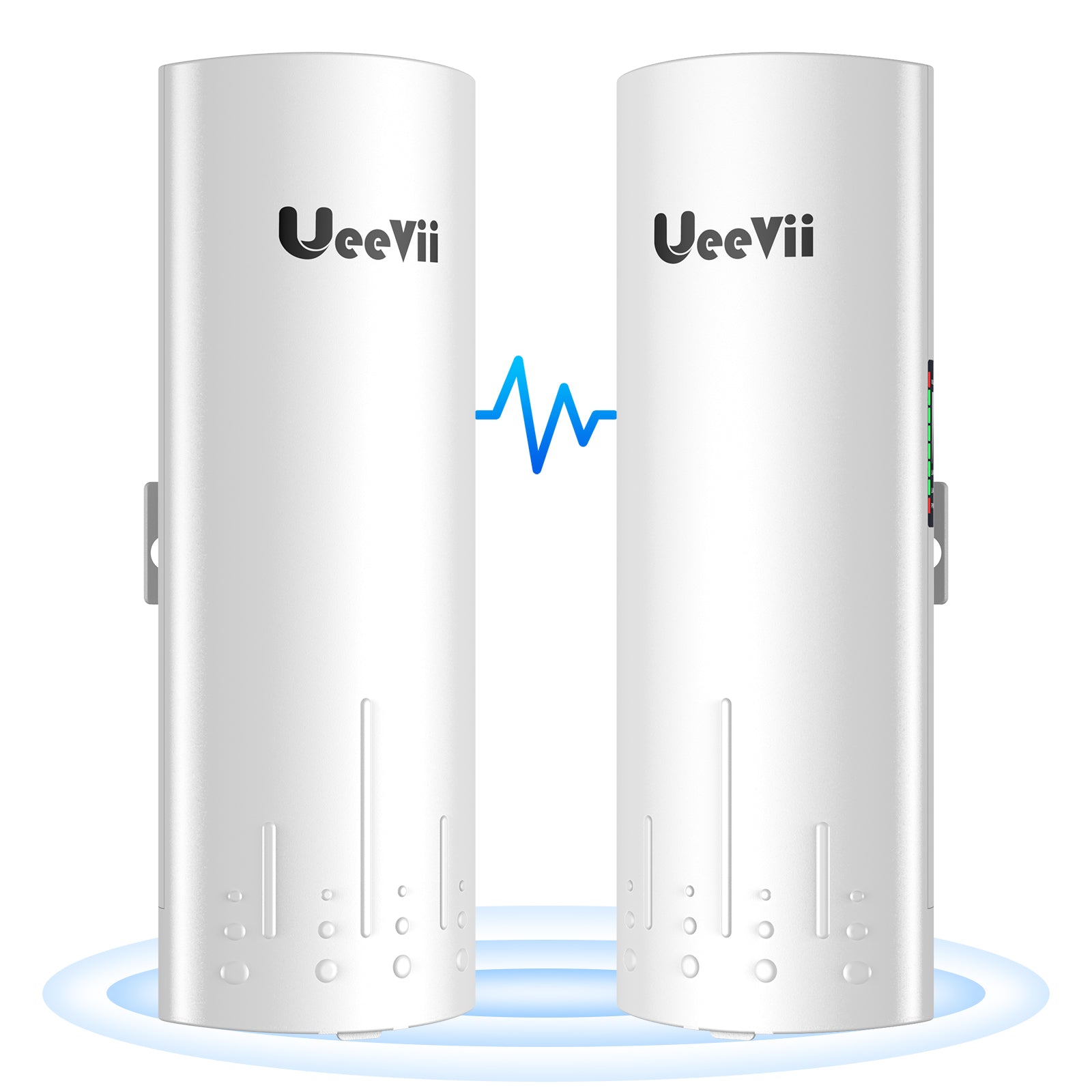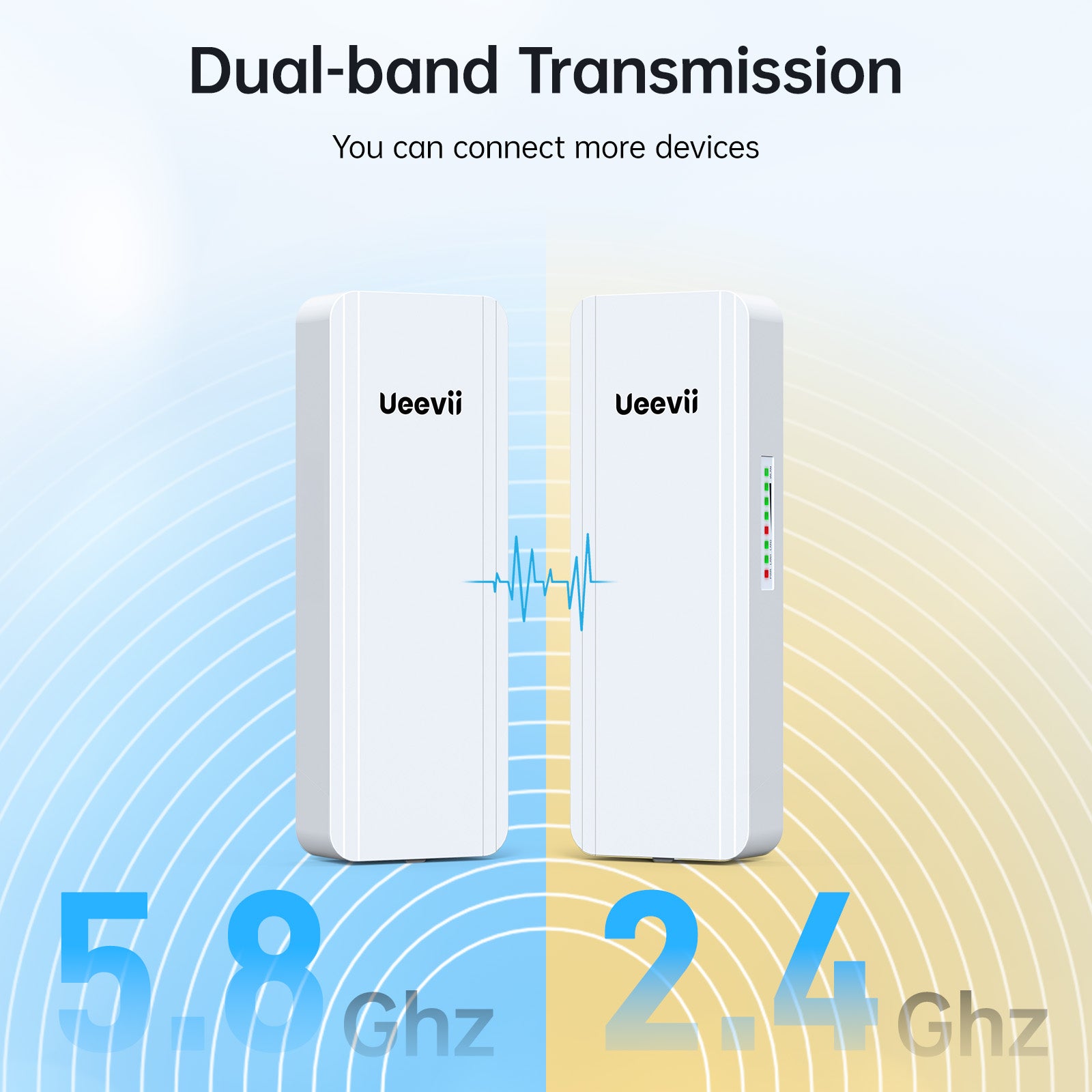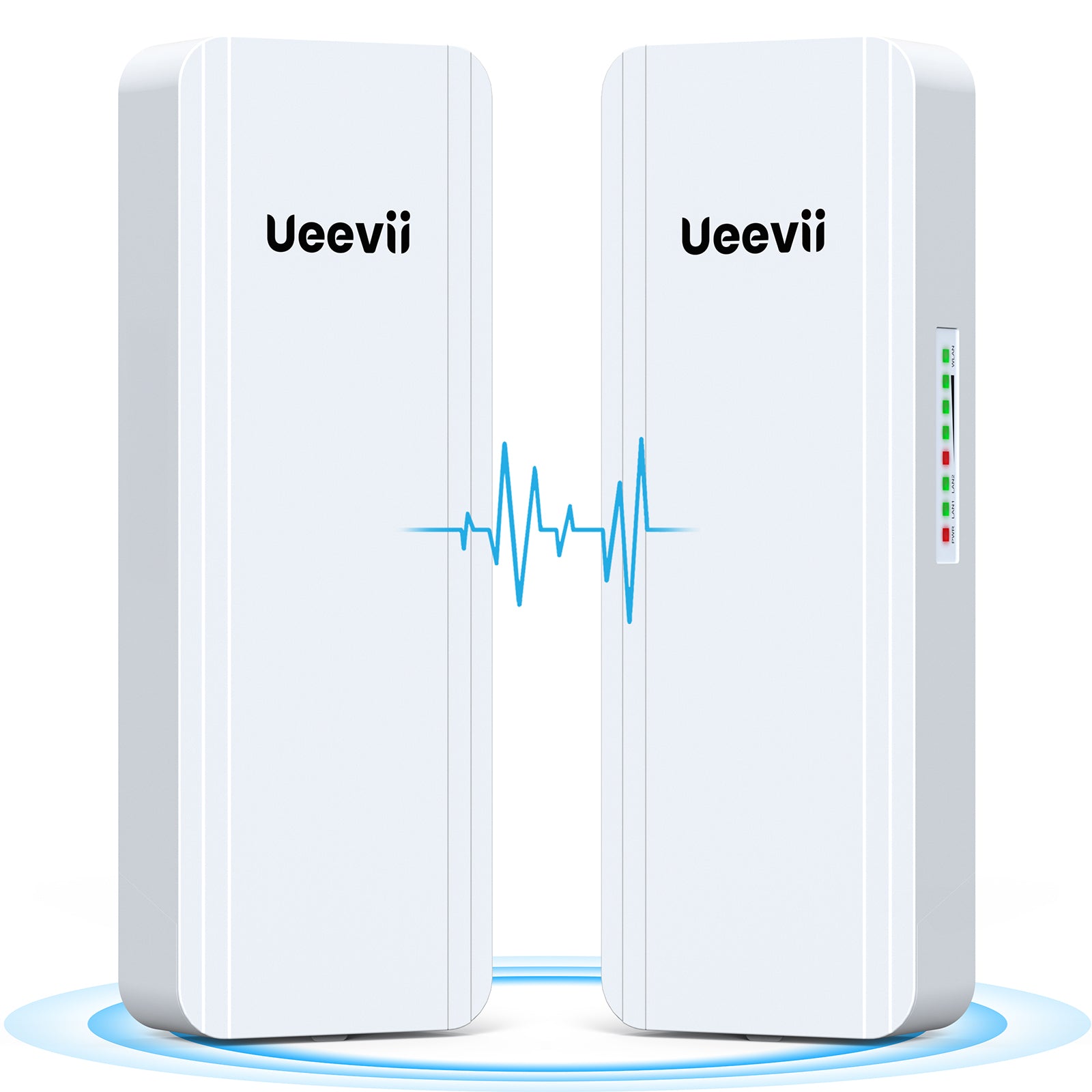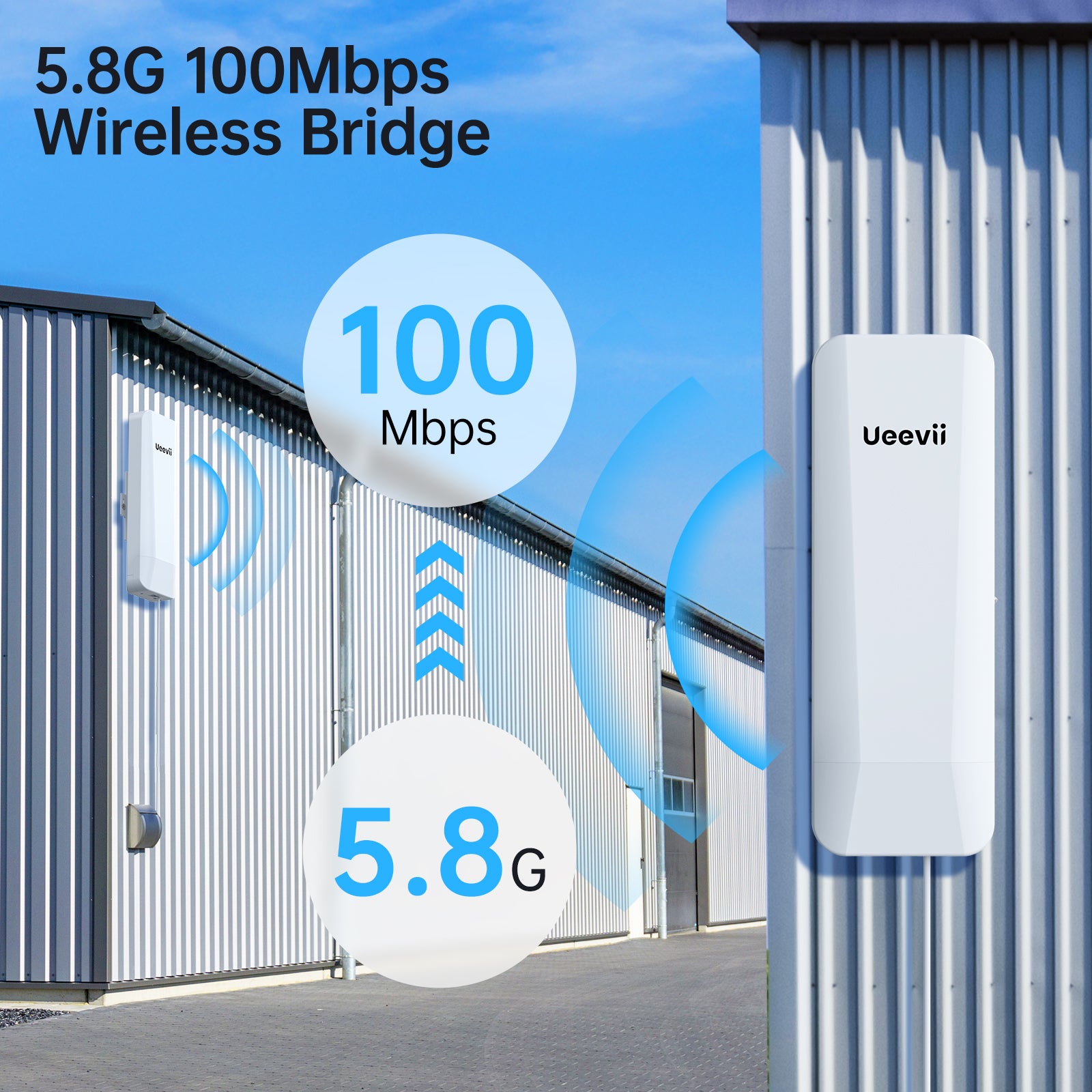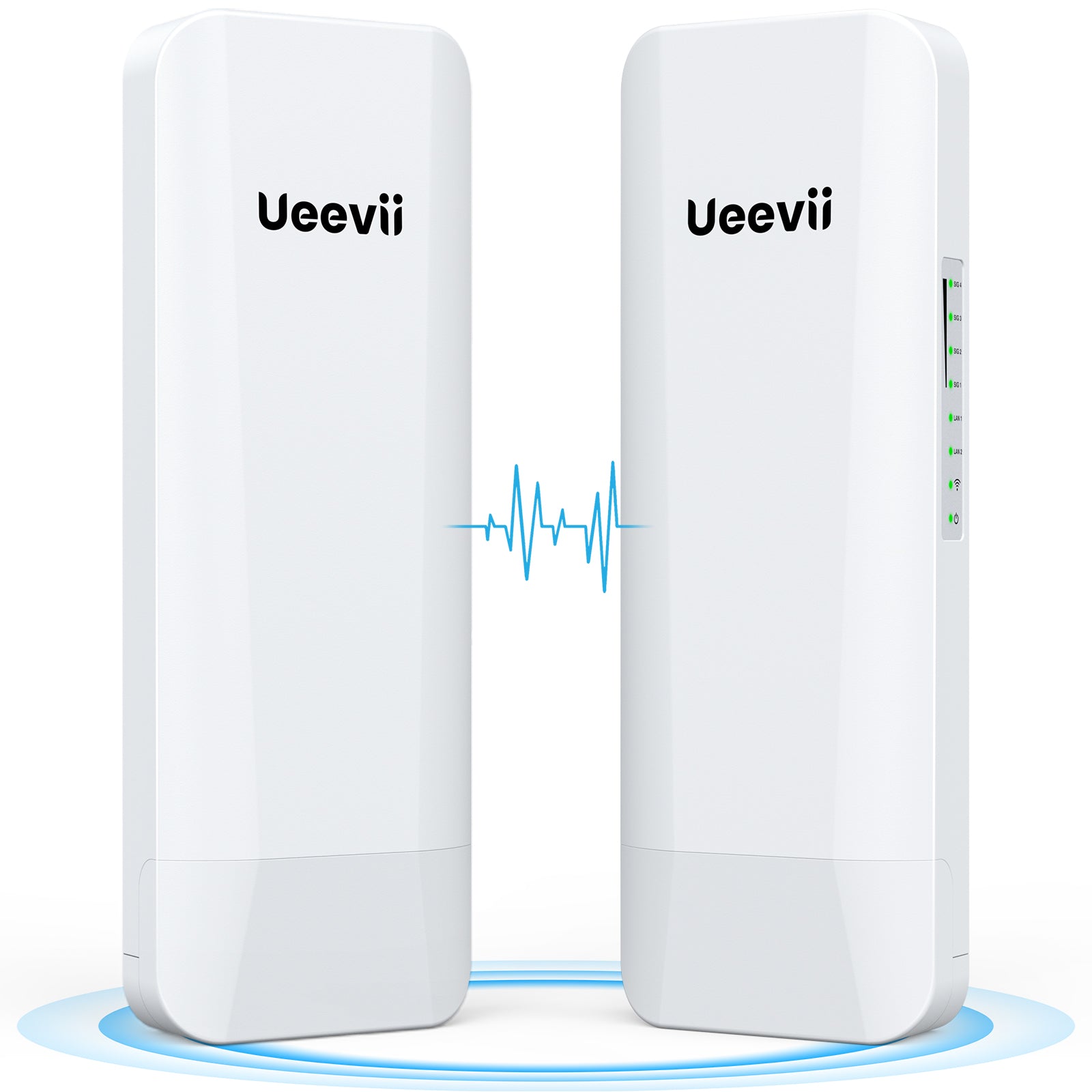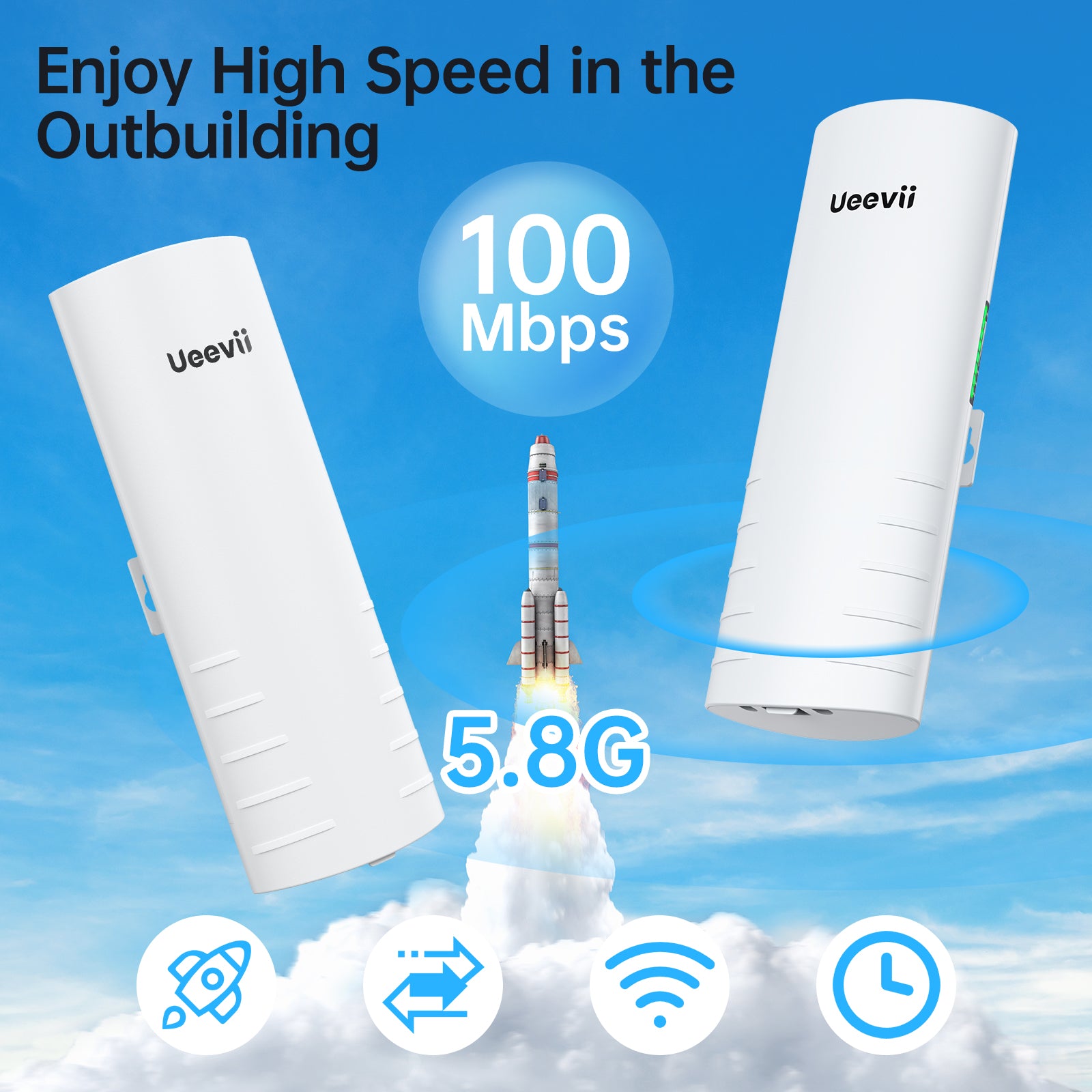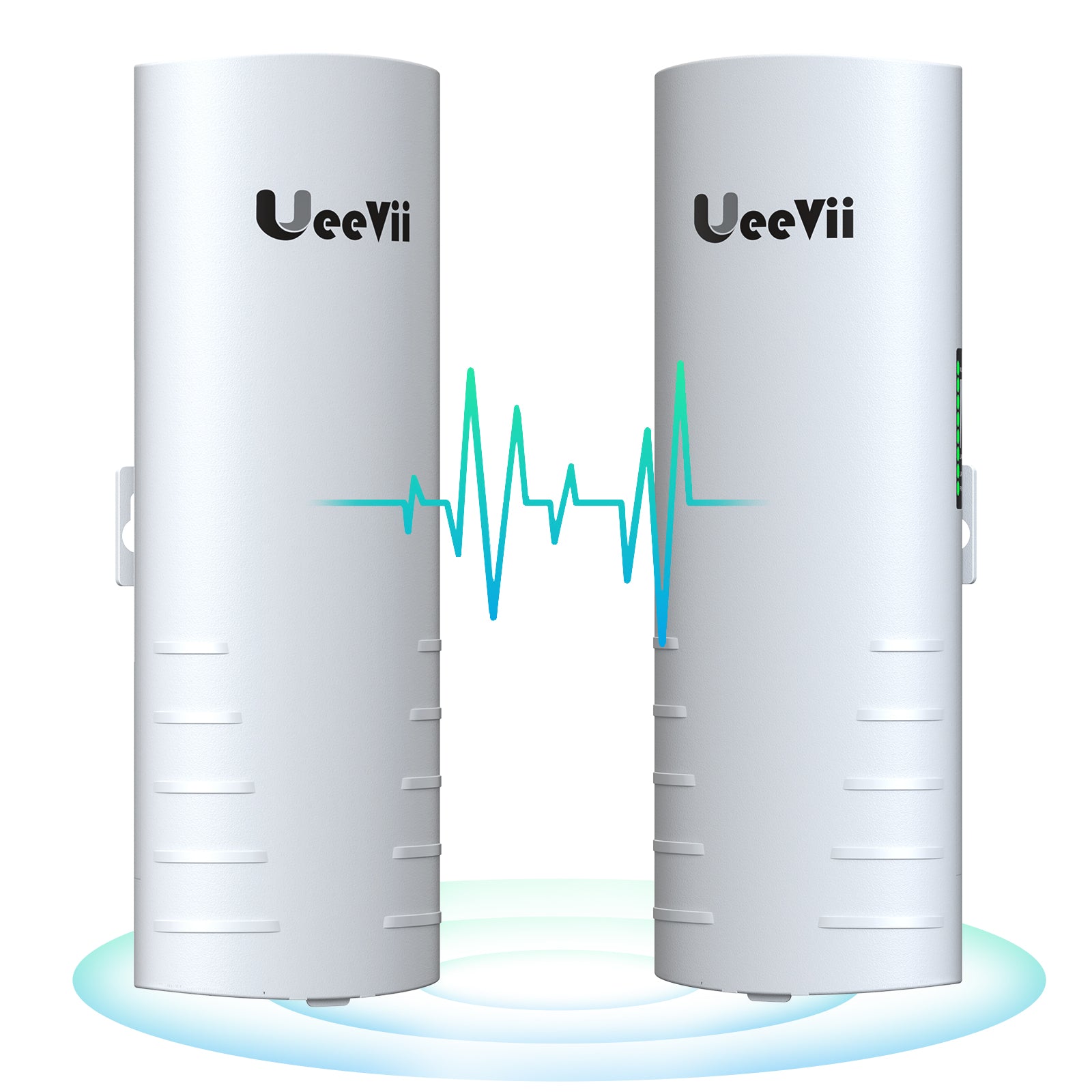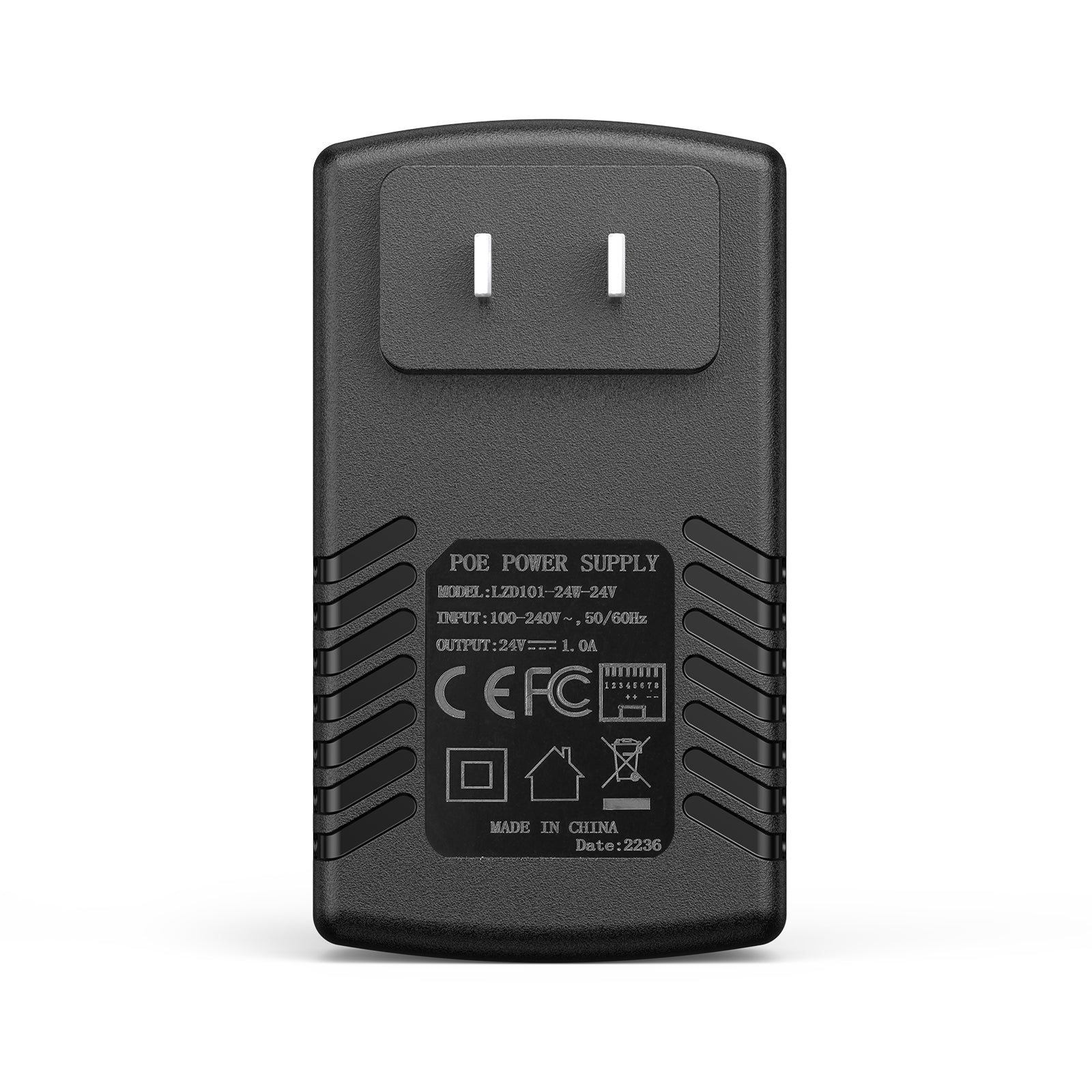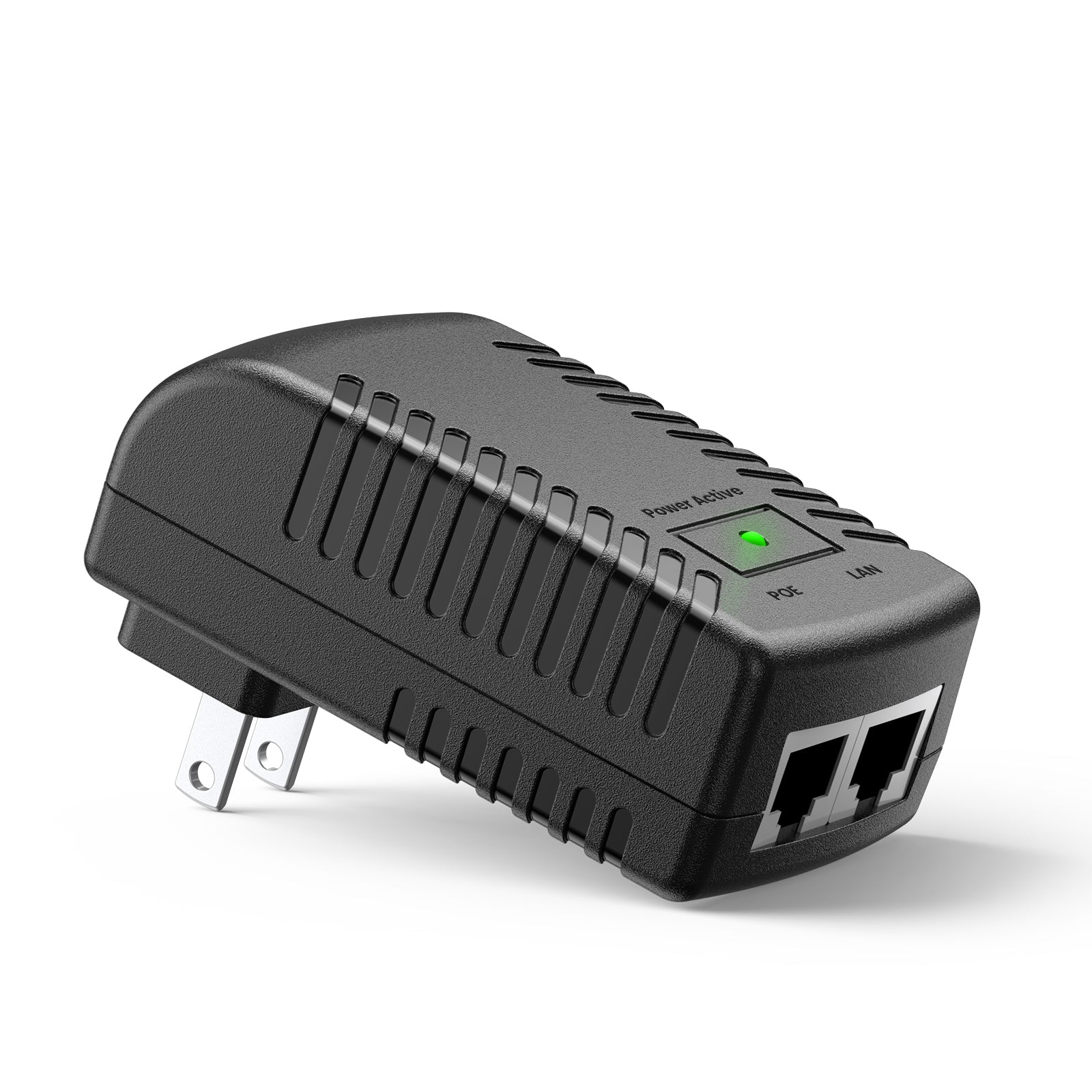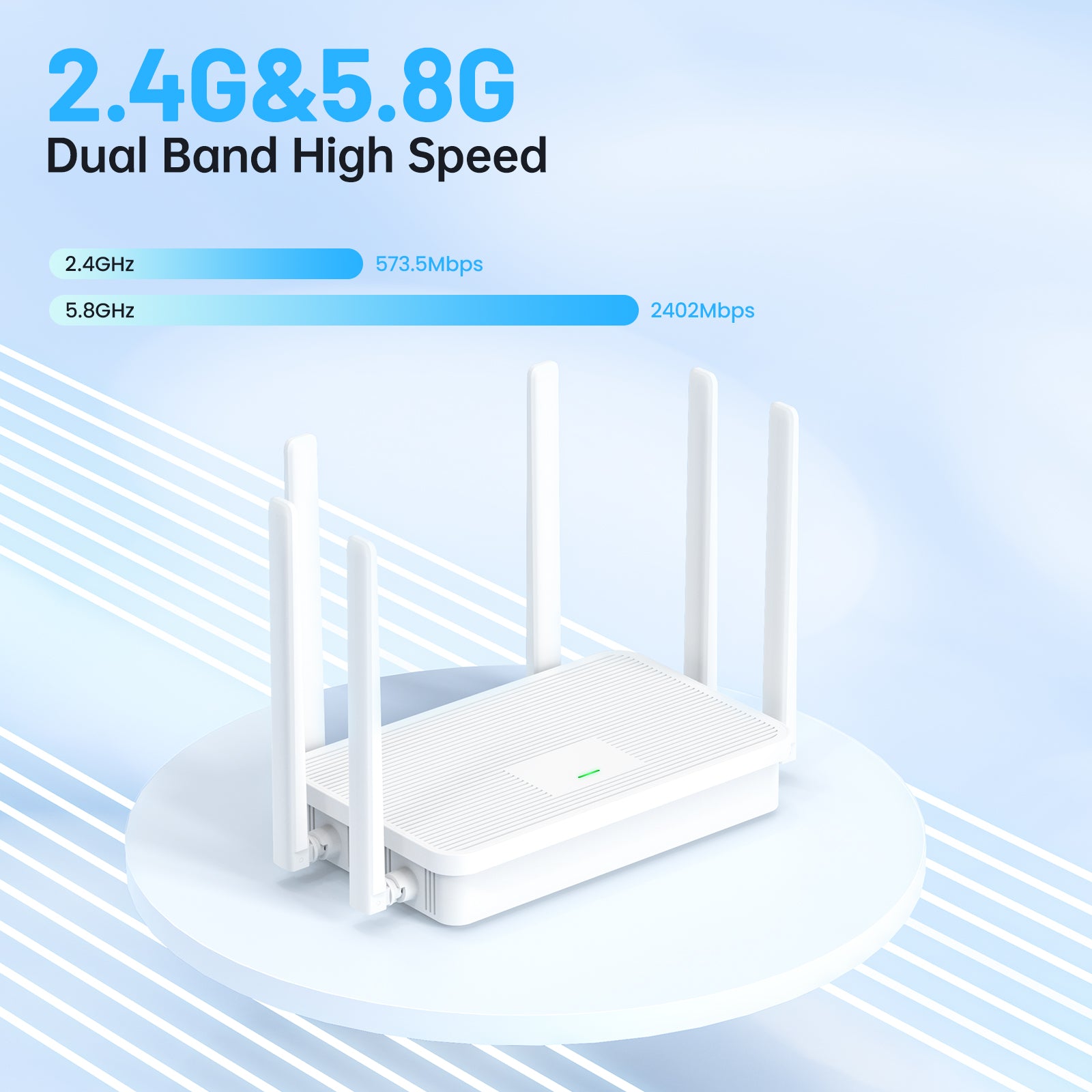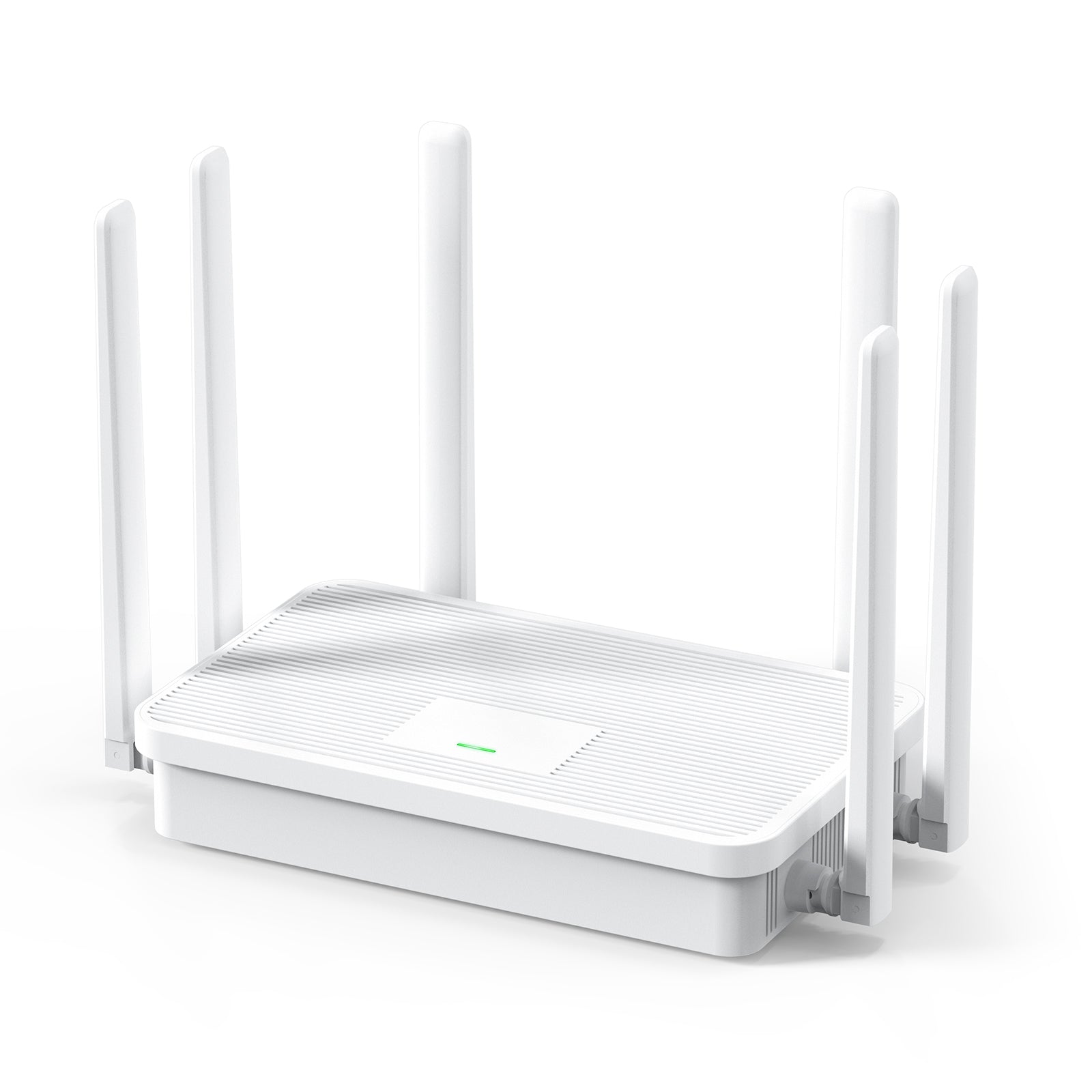The Importance of 5.8 GHz Receivers in Modern Communication
Understanding the 5.8 GHz Frequency Band
The 5.8 GHz frequency band is crucial for wireless tech today. This band allows for less interference and more stable connections. It's key in Wi-Fi and other devices. The band supports high-speed data and avoids crowded 2.4 GHz channels. In the USA, using 5.8 GHz helps meet growing wireless demand. This frequency is ideal for both indoor and outdoor use. It suits offices, homes, and between buildings. A good pick for those wanting fast and reliable wireless networks.
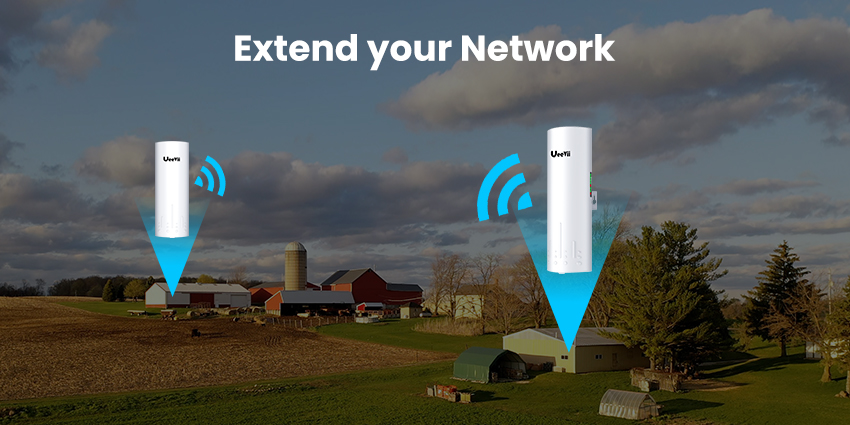
The Advantages of Using 5.8 GHz Receivers for Long-Range Connectivity
5.8 GHz wireless bridges offer key benefits for long-range signals. These receivers avoid crowded 2.4 GHz bands used by many devices. With less interference, they provide more stable connections. High throughput is another bonus, crucial for gigabit connections. They work well over water, which often hinders other frequencies. Their ability to deliver fast, reliable connections is why many in the U.S. choose them for various applications.
Technological Innovations in 5.8 GHz Receiver Design
Advancements in Receiver Sensitivity and Range
5.8 GHz receivers are hitting new peaks in performance, thanks to tech advances. Higher sensitivity means they can pick up weaker signals better. This extends their range without losing data quality. It results in reliable connectivity over greater distances. These improvements help in many applications, like remote surveillance and telecommuting. They also allow wireless bridges to connect networks across larger gaps. A gigabit wireless bridge that uses 5.8 GHz can link areas that were previously challenging. This tech leap makes it easier to set up networks in rural or hard-to-reach places.
How 5.8 GHz Receivers are Evolving with 5G Technologies
As we embrace the 5G era, 5.8 GHz receivers are keeping pace. They are now more than just wireless bridges; they mesh with 5G tech to deliver top speeds and reliable links. These receivers process signals faster, ensuring quick data swaps between devices. With 5G's growth, these receivers get regular updates. The aim is to match 5G's gigabit speeds and vast network capabilities. This bond between 5.8 GHz tech and 5G is key for future telecom. It helps users in the U.S. stay connected in an ever-speedier digital world.
Future-Proofing Your Connectivity: The Role of 5.8 GHz Receivers
Enhancing Home Entertainment and Office Productivity
The rise of 5.8 GHz receivers is a game changer for both homes and offices. These powerful devices ensure that your entertainment system remains top-notch. They provide smooth, high-definition streaming without any lag. With faster data transfer rates, they boost your productivity during work. You can quickly share large files or have video calls without disruptions. Plus, their long-range capabilities mean fewer dead spots in your space. Upgrade to a 5.8 GHz receiver and say goodbye to buffering and slow connections.
The Impact of 5.8 GHz Receivers on IoT and Smart Home Integration
The integration of 5.8 GHz receivers into IoT and smart homes is profound. These receivers enhance device communication, offering stable and fast connections critical for smart devices to function seamlessly. They also support high bandwidth, which is necessary for transferring large amounts of data in real-time. This ensures that smart home systems are efficient and responsive. With the growth of IoT, 5.8 GHz receivers become even more essential as they can connect multiple devices without interference, maintaining a reliable network throughout the home.





